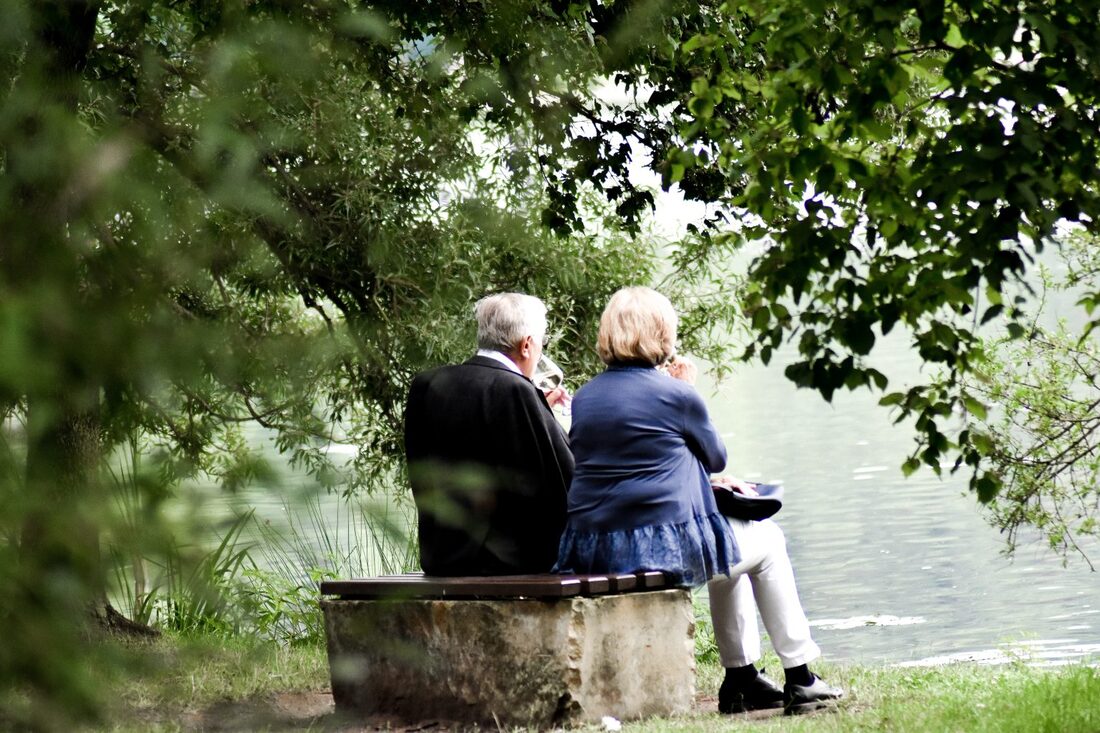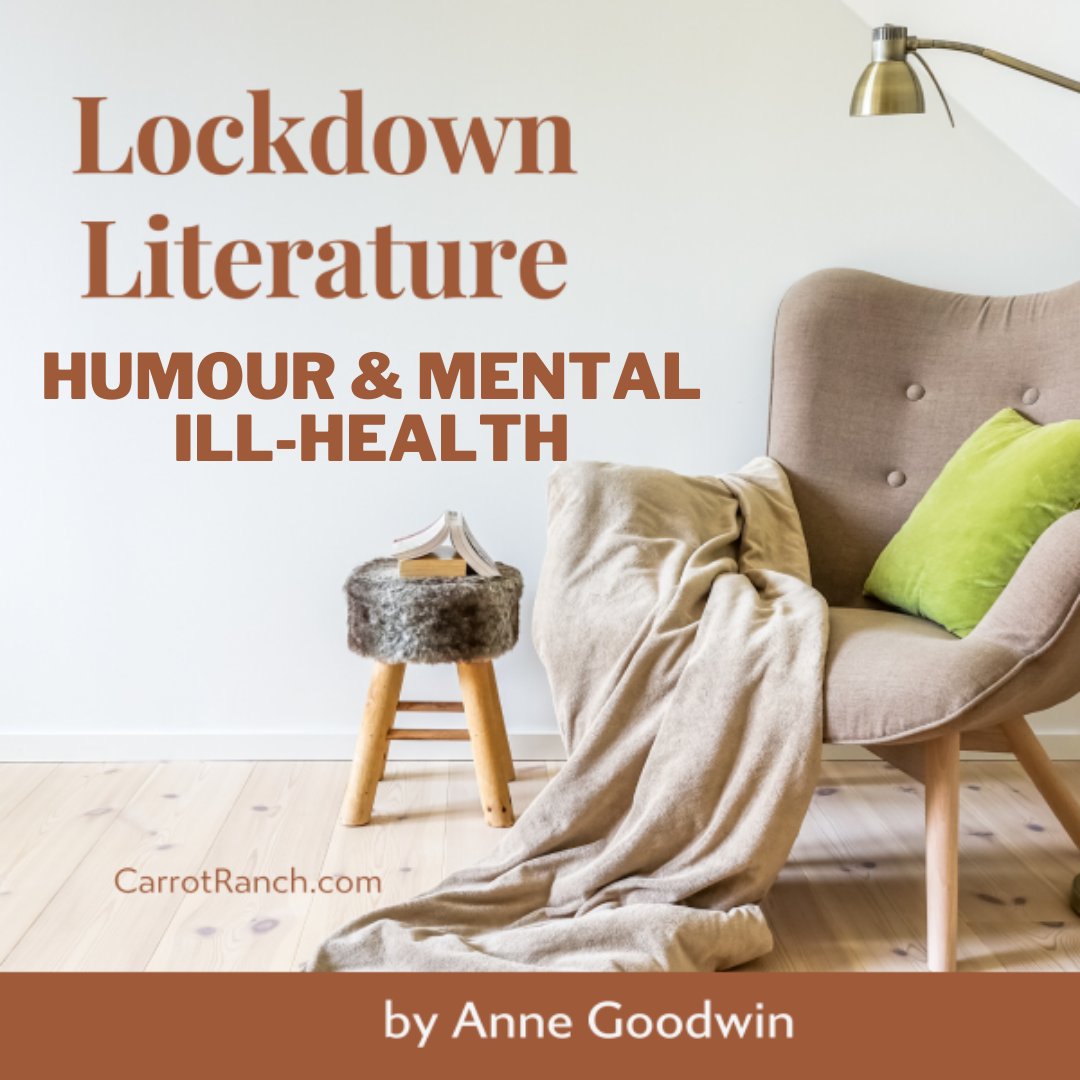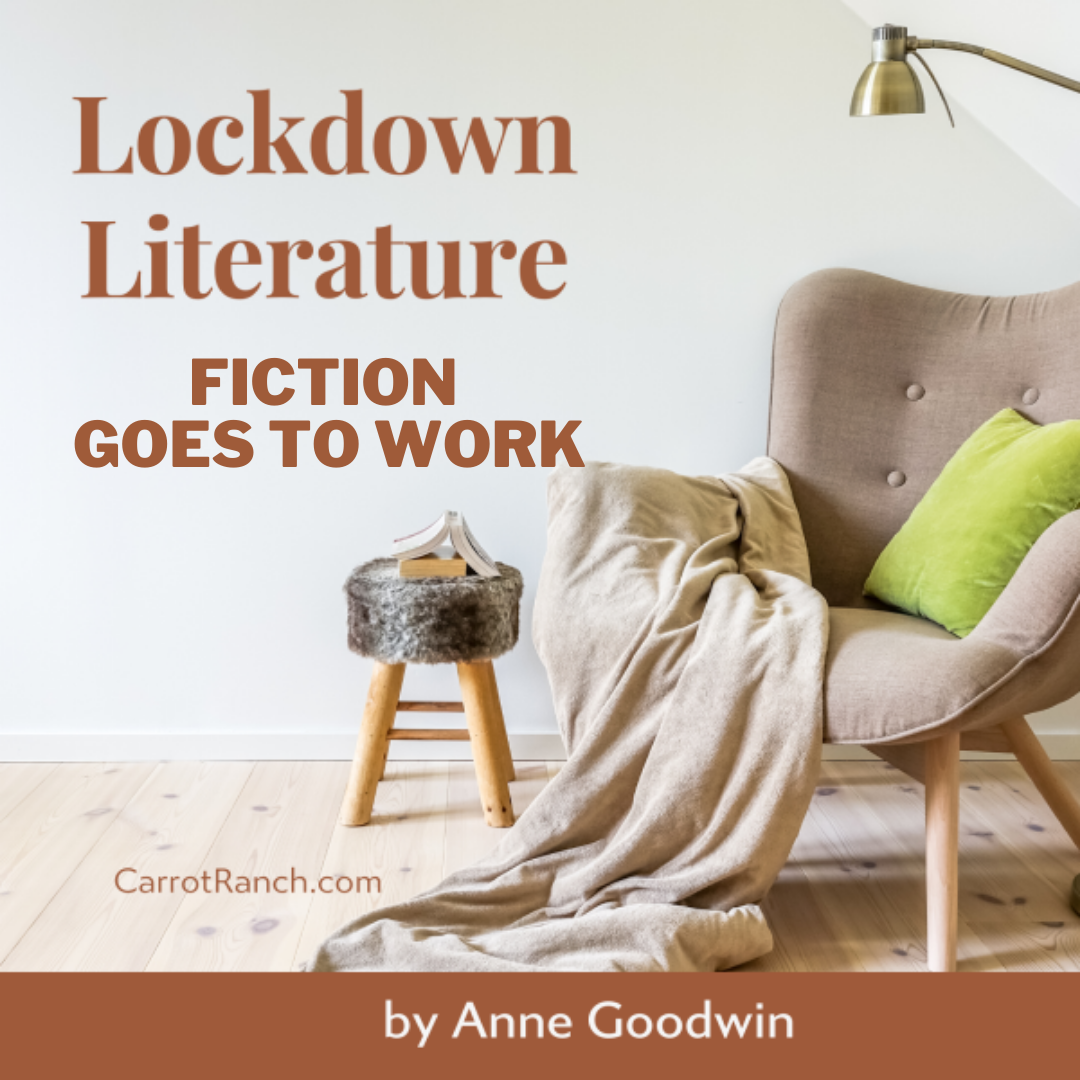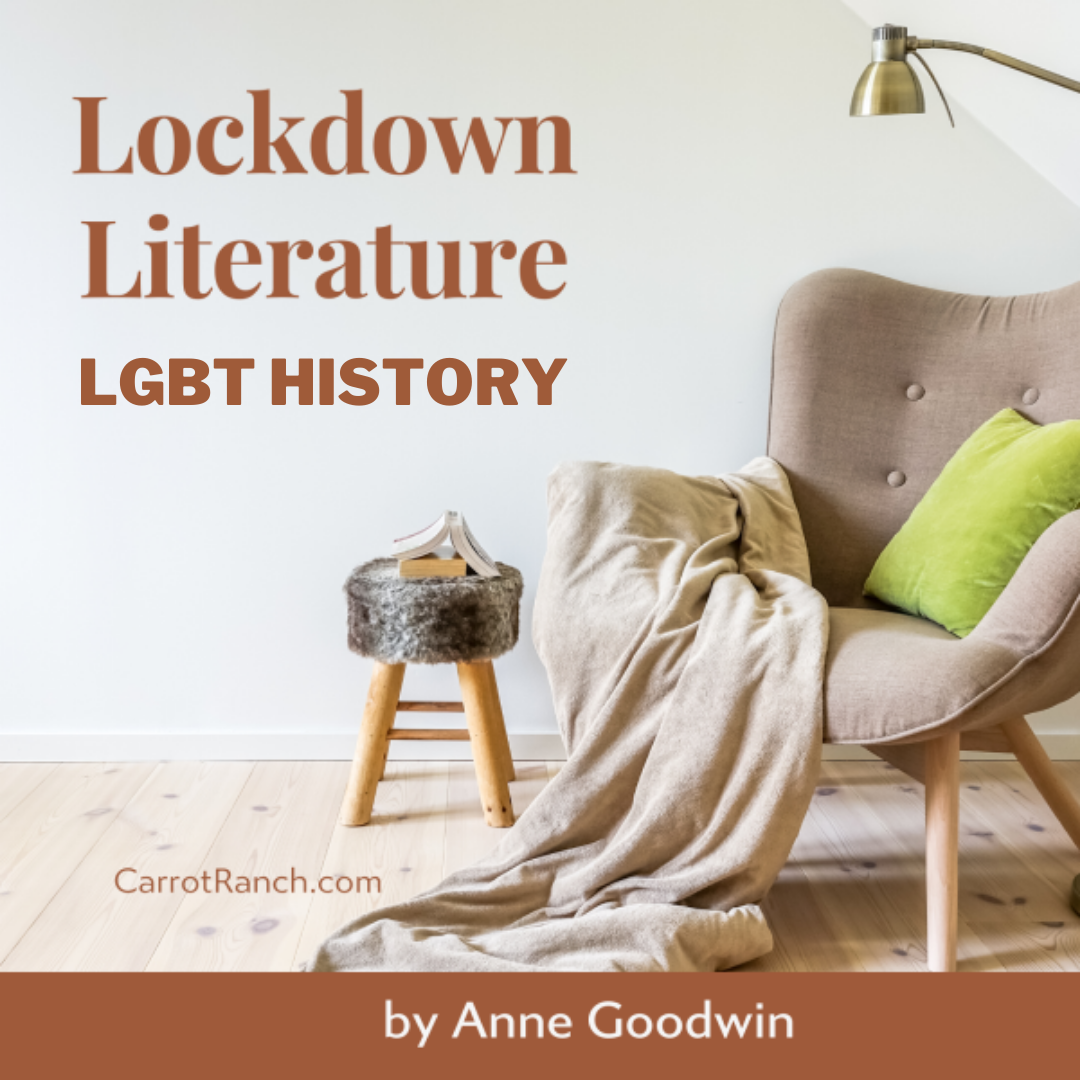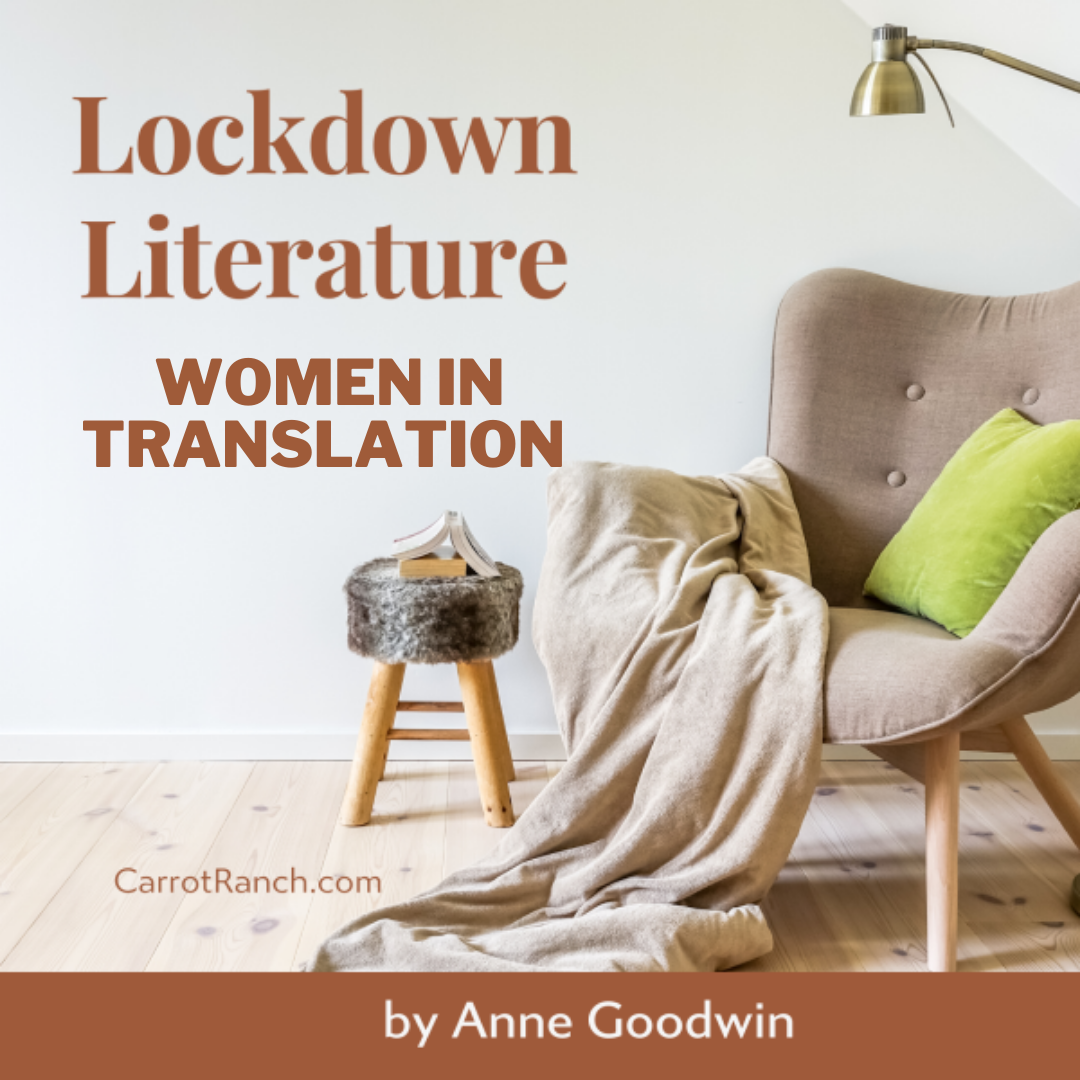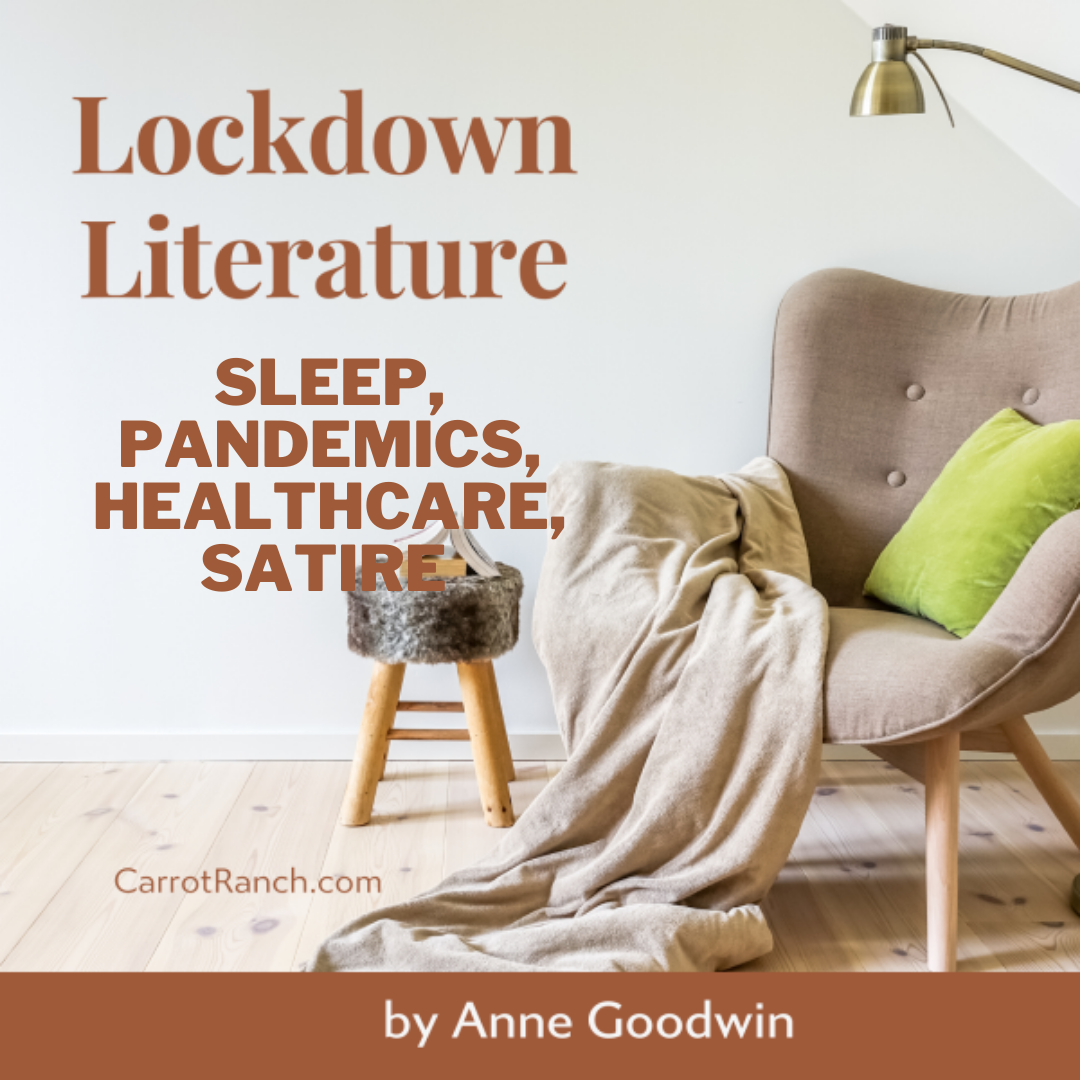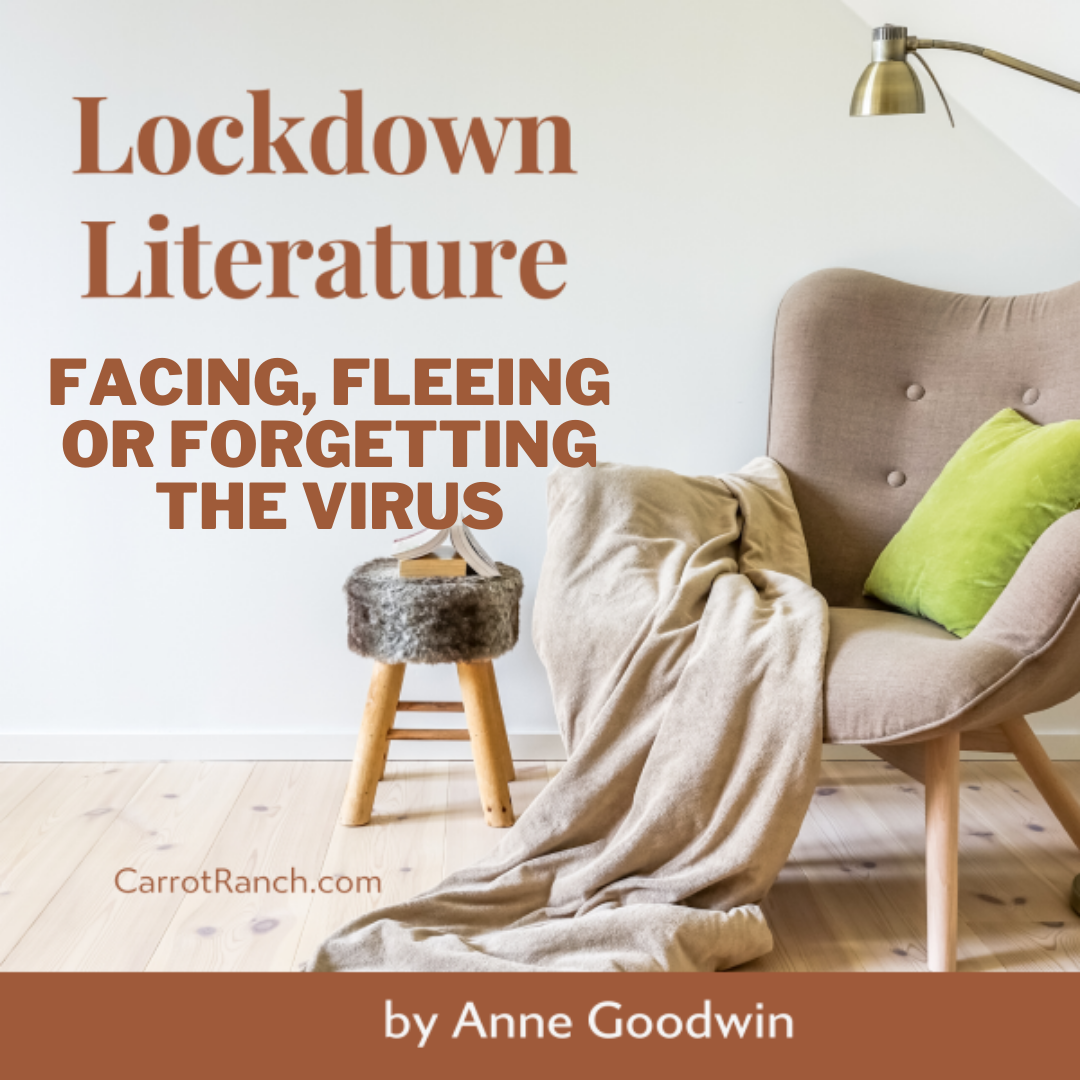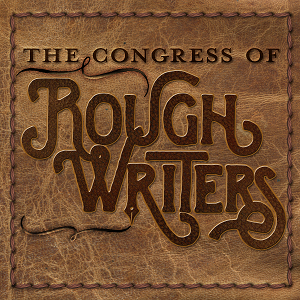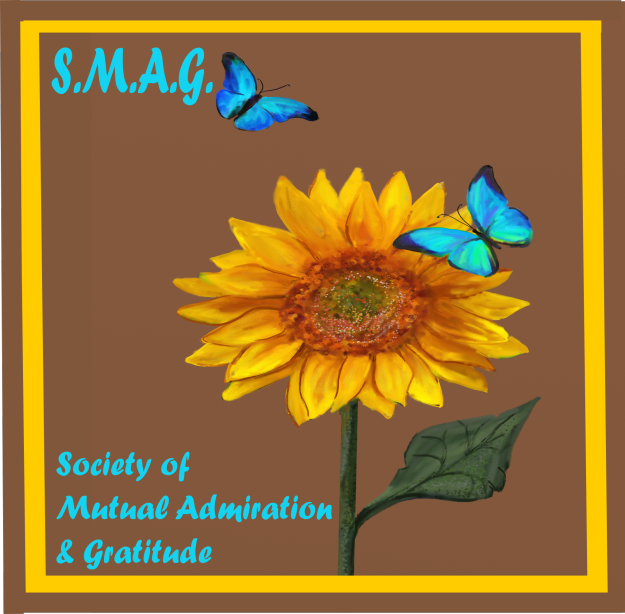| The latest flash fiction challenge from the Carrot Ranch is to compose a 99-word story about the insect nation. I wasn’t sure what that meant, but it got me thinking about how we humans underestimate the small creatures that live among us – or, perhaps, we live among. I didn’t have a suitable new review to pair my response with, so here’s a quote from a novel I read some time ago about a woman who runs a business resettling, rather than exterminating, household pests. |
Welcome
I started this blog in 2013 to share my reflections on reading, writing and psychology, along with my journey to become a published novelist. I soon graduated to about twenty book reviews a month and a weekly 99-word story. Ten years later, I've transferred my writing / publication updates to my new website but will continue here with occasional reviews and flash fiction pieces, and maybe the odd personal post.
|
6 Comments
Five recent reads about characters facing life challenges that are almost too much to bear: bereavement; chronic illness; relationship crises and more. See what you think.
As the Russian invasion of Ukraine approaches its second year, a couple of recent reads reminds me of how other eastern European countries have suffered under the Soviet regime. These novels are about women’s lives in the late 1940s and early 1950s: the first set in Poland and the second in Hungary. Would you believe that it wasn’t until I came to post this that I realised both titles feature animals that should be in the wild?
My final two reviews of 2022 are tenuously linked by being set in closed communities in which unempathic people hold vulnerable creatures in their power. I refer to creatures less because the staff of the nightmare care home in the first novel don’t seem to regard their charges as human and more because the inmates of the second – where the compassion of the lowliest employee almost compensates for the attitude of her senior colleagues – are dolphins.
Allow me to introduce you to two translated novels, set on different continents a century apart, in the aftermath of wars that, for some, will never end. The first is set in contemporary Angola, a country rich in minerals but economically poor, hampered by twenty-five years of civil war; the second takes place in France, at the end of the First World War, a war which will continue to impact on the members of one small family for the rest of their lives.
Allow me to introduce two recent reads featuring a teenage girl’s sexual awakening with a physically attractive but morally suspect young man, arousing the envy of her less confident suitor. Both novels also emphasise her passion for the place in which she lives: in the first, a derelict asylum in southern England; in the second, the family farm in rural France.
These two novels are about women over forty for whom life has lost its sparkle, partly due to marital infidelity and an empty nest. The first is a nuanced portrayal of contemporary middle age, set in Paris; the second is a shallow glimpse at widowhood and fear of ageing, set in the 1980s on England’s south coast.
Meanwhile, we plod on, making the best of what freedom we have. For those of us who live primarily in our heads, the pandemic is no excuse to shirk. So, on the reasonable assumption I’ll survive to implement them, here are my goals and plans for the coming year.
These two recent reads – the first non-fiction rooted in the UK, the second a novel visiting Australia, the USA and Iraq – involving characters and authors delving into recent and historical government injustice against its colonised peoples. Read, and use your vote accordingly – but of course you already do!
I recently read very different two novels with a supernatural element and a forest setting where nature cannot be ignored. The first is a meditation on our collective fragility involving a fantastic – in the literal sense – bird. The second is a psychological suspense story about a family and community haunted by a young mother’s disappearance a decade before.
Is there discrimination against women writers? (Is there even more discrimination against older women writers?) Probably but, there being even worse things to get hung up about right now, I’ll gloss over the fact that these two novels about under-appreciated female writers – one in 1960s Iceland, the other in 21st-century New York – come from fairly successful female authors. With a couple of caveats, either or both would make great lockdown reads.
These two novels feature the displacement of people and the unique cultures and environments they left behind. The first introduces us to the remote Scottish island of St Kilda whose depleted population was evacuated to the mainland in 1930. The second links Venice with the Sunderbans in the Bay of Bengal via folklore and cli-fi. Despite their complementary covers, they’re very different books.
These two recent reads explore physical and psychological survival, or otherwise, in extreme weather conditions. The first is a historical novel about the devastating human, climactic and economic consequences of a volcanic eruption in Indonesia. The second is a translated novella about vulnerable hermit overwintering in the Italian Alps. If you choose to read either of these, you won’t be disappointed.
Both of these novels defy easy classification, but I’ve chosen to pair them for their themes of the legacy of slavery, or the way in which owning another person demeans us all. In the first, we follow a young man, marked by his unusual appearance, from babyhood in Jamaica shortly before independence to England and back. The second is a translated Argentinian dystopian novel about cannibalism. In both novels, a character, or characters, withhold or are denied their voice.
Only in court are we required to tell the truth, the whole truth and nothing but. In our ordinary lives, we stretch, bend and turn it inside out. Not always intentionally, or even consciously, but simply to smooth human interactions and present the best version of ourselves. In the first of these two novels, a Wild-West outlaw needs to create an alter ego to survive, while a frontiers woman needs to revise the details of a family tragedy in order to live with herself. In the second, a lie gives a teenage girl a reprieve from loneliness, and an elderly woman a chance to be heard.
Sometimes, the covers of books I’ve paired for review are so well matched, despite differences in genre, it appears I’ve put them together for aesthetic reasons. But, while I like to dress my blog attractively, it’s the content that counts. These two translated novels fictionalise real-life historical figures who were meticulous observers of the world around them. The first is still celebrated 500 years later; the second has been forgotten in the half-century since her death.
While separated by style – the first literary lyrical, the second more off-the-peg – and setting – the first wilderness, the second three cityscapes – these two novels are united by more than a character named Tomas. The main characters of both stories are preoccupied with meticulous observation of the environment: for animal research in Tiger whereas in The Museum of Broken Promises, surveillance might be a more appropriate word. And while the latter is about conserving objects and memories, nature conservation is one of the themes of the first.
|
entertaining fiction about identity, mental health and social justice
Annecdotal is where real life brushes up against the fictional.
Annecdotist is the blogging persona of Anne Goodwin:
reader, writer, slug-slayer, tramper of moors, recovering psychologist, struggling soprano, author of three fiction books. LATEST POSTS HERE
I don't post to a schedule, but average around ten reviews a month (see here for an alphabetical list), some linked to a weekly flash fiction, plus posts on my WIPs and published books. Your comments are welcome any time any where. Get new posts direct to your inbox ...
or click here …
Popular posts
Categories/Tags
All
Archives
March 2024
BLOGGING COMMUNITIES
|
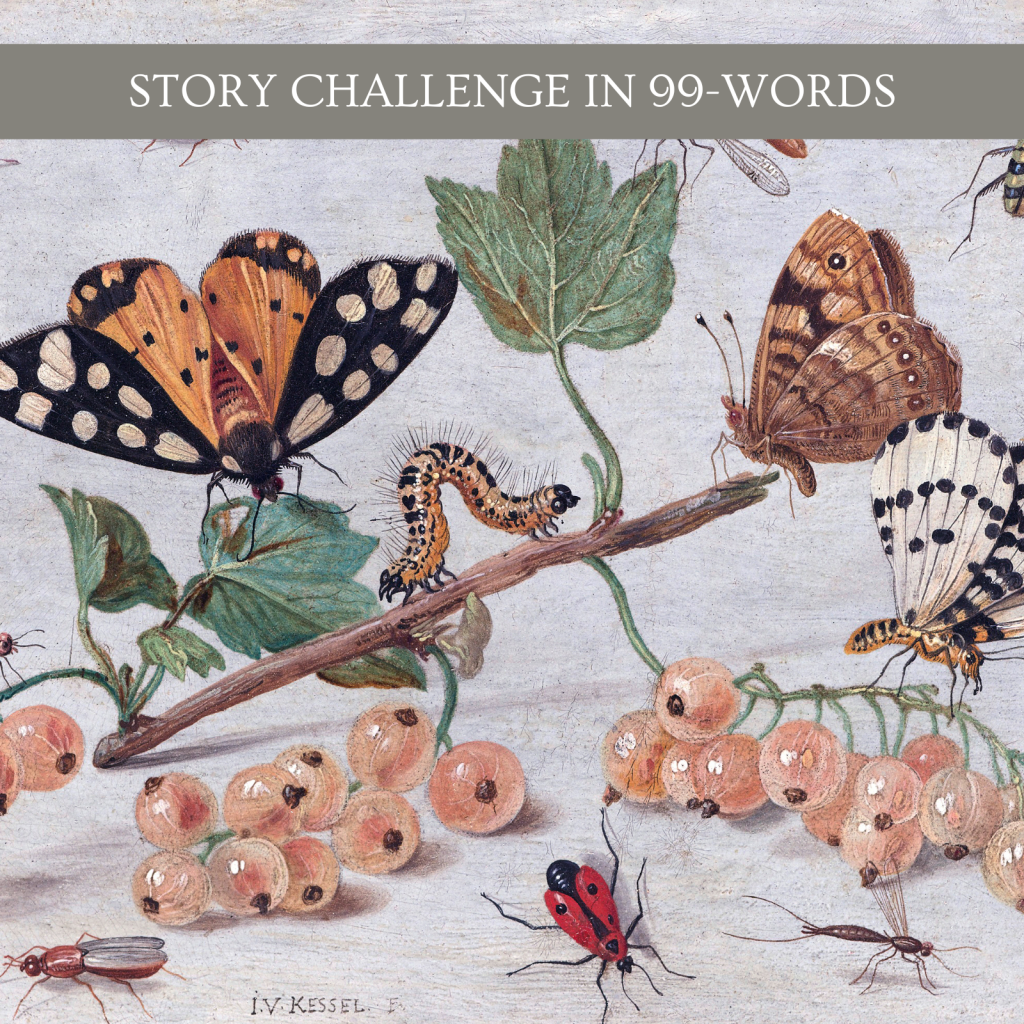

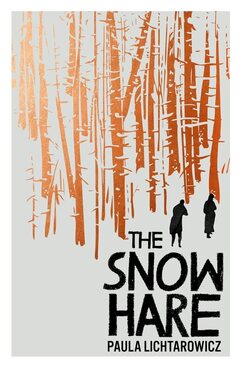
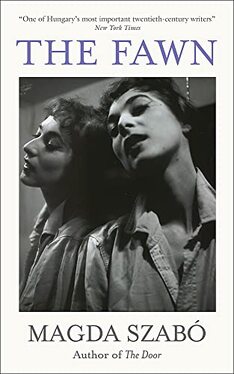
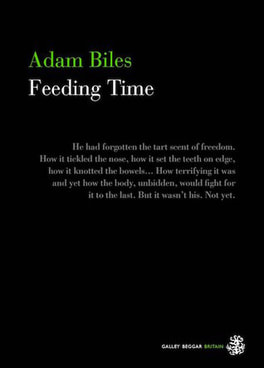
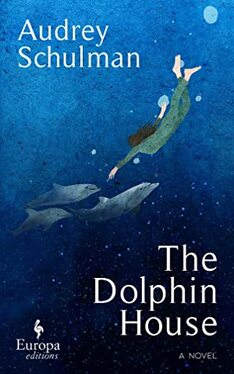
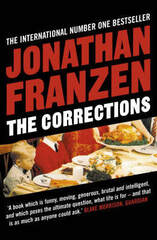
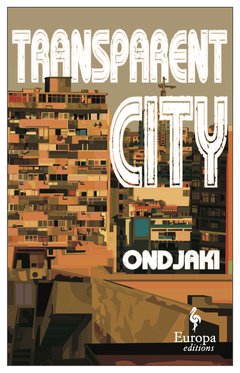


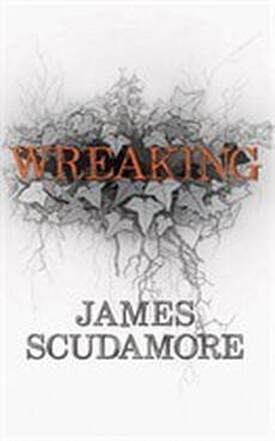
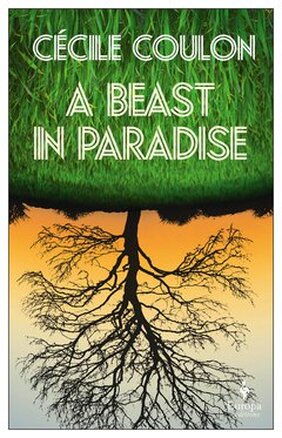
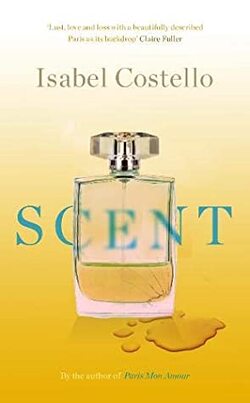
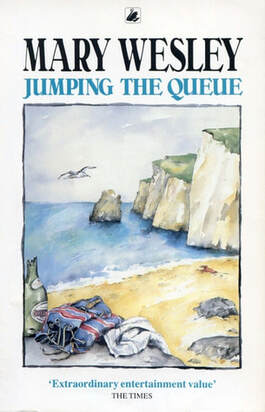

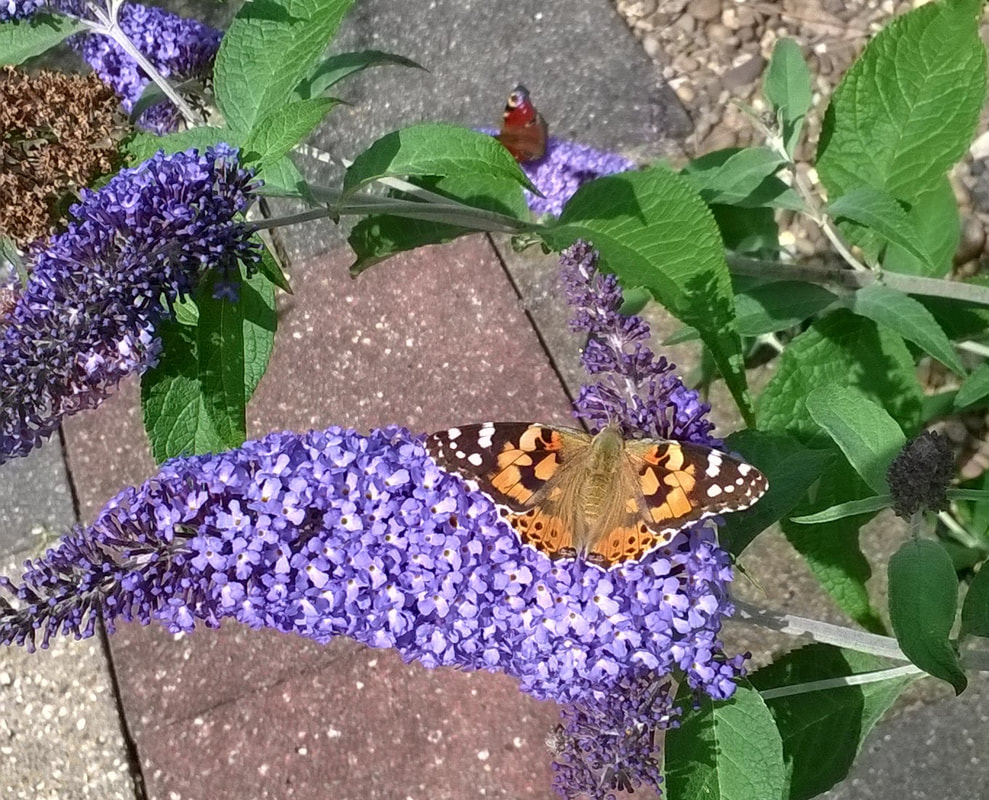
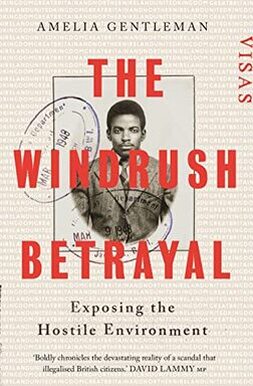
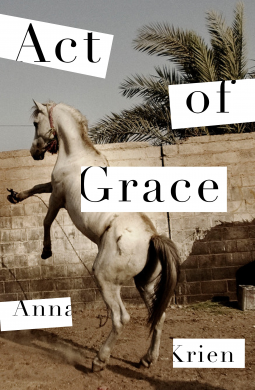
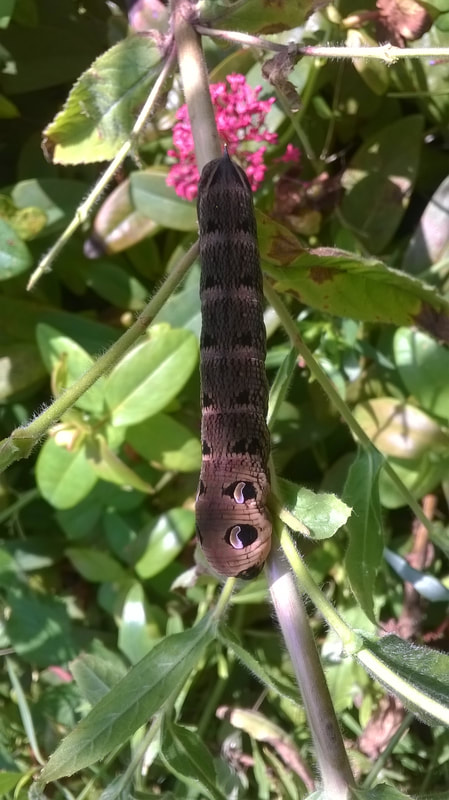
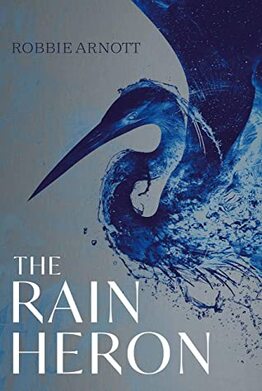
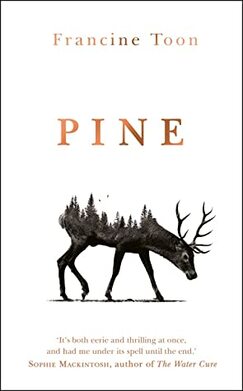
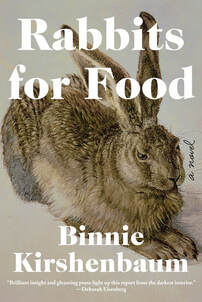
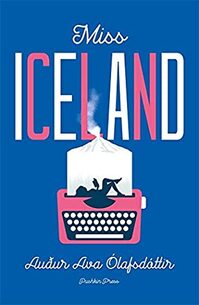
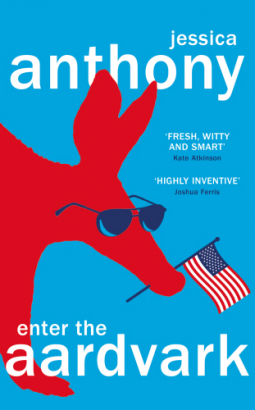
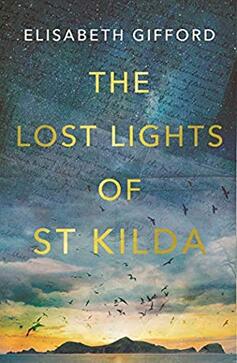
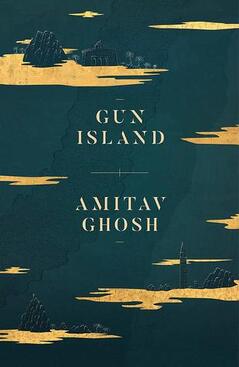
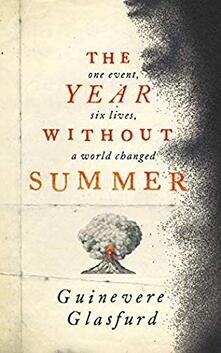
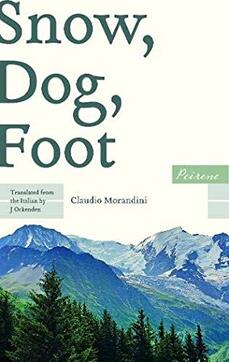
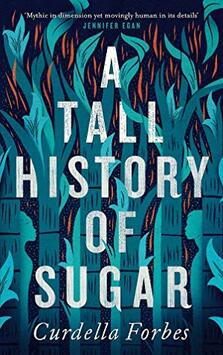
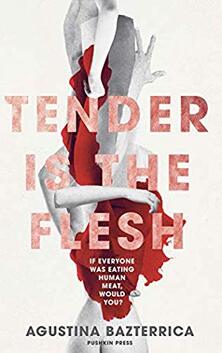
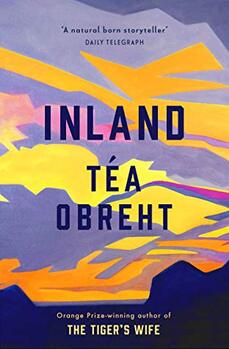
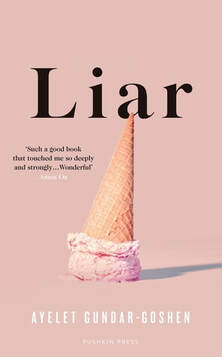
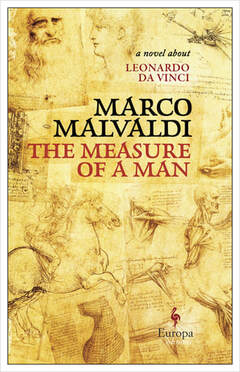
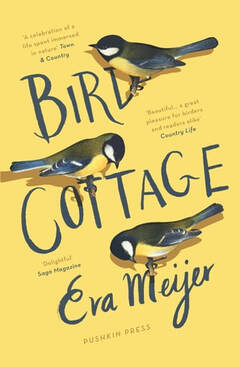
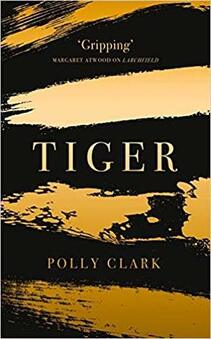
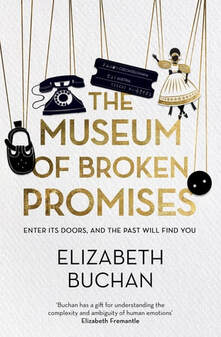
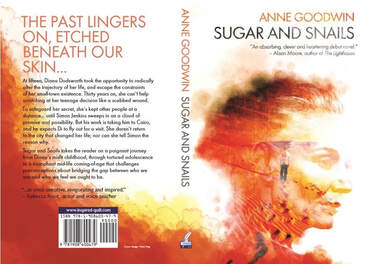
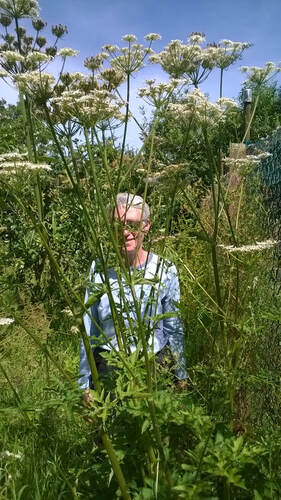
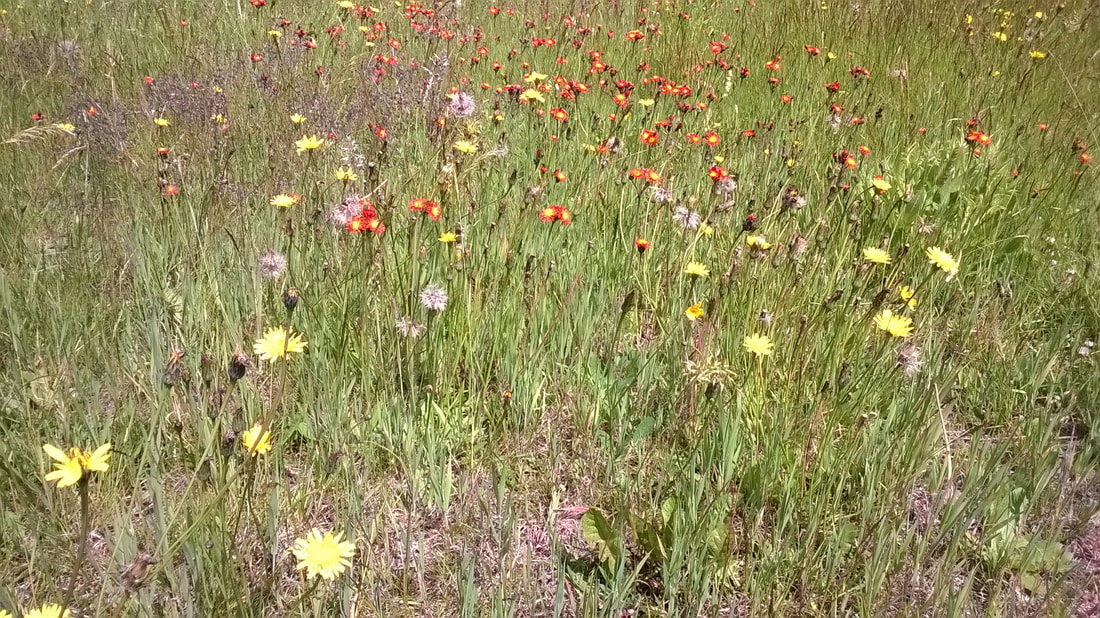
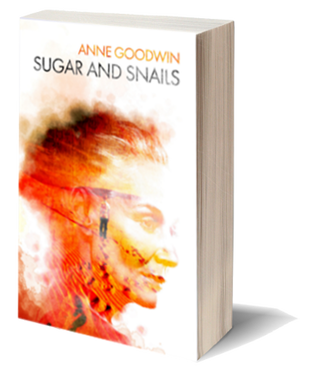

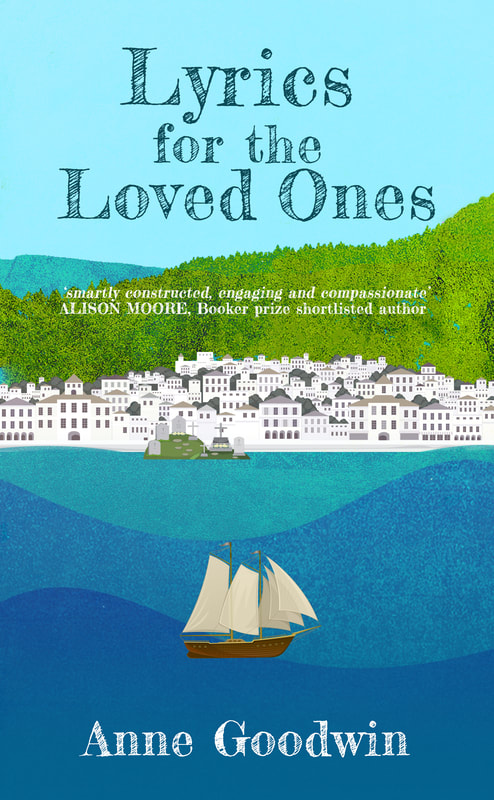
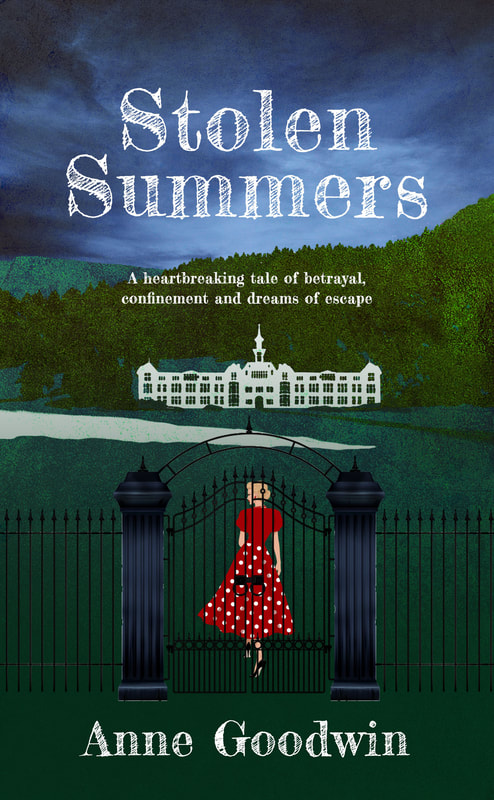



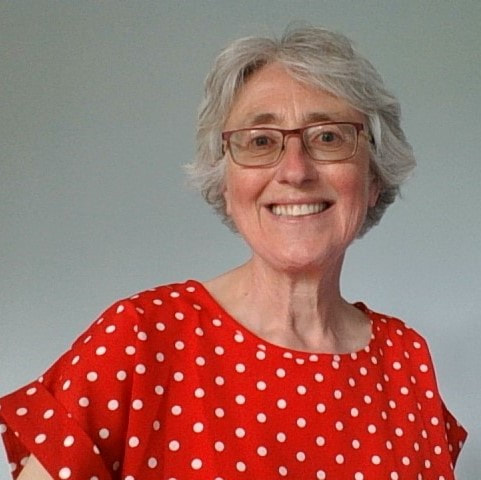
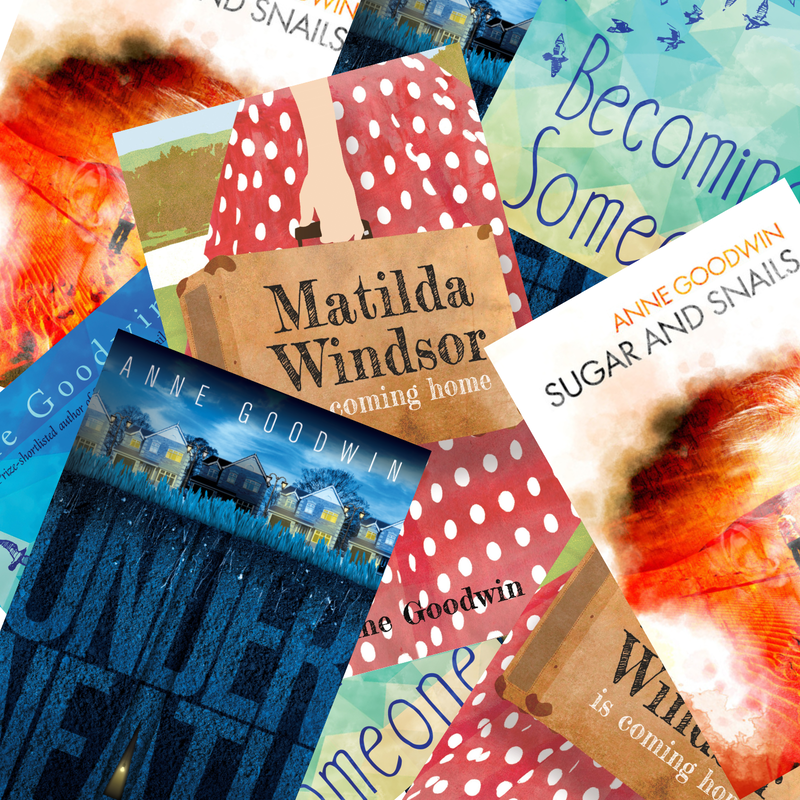
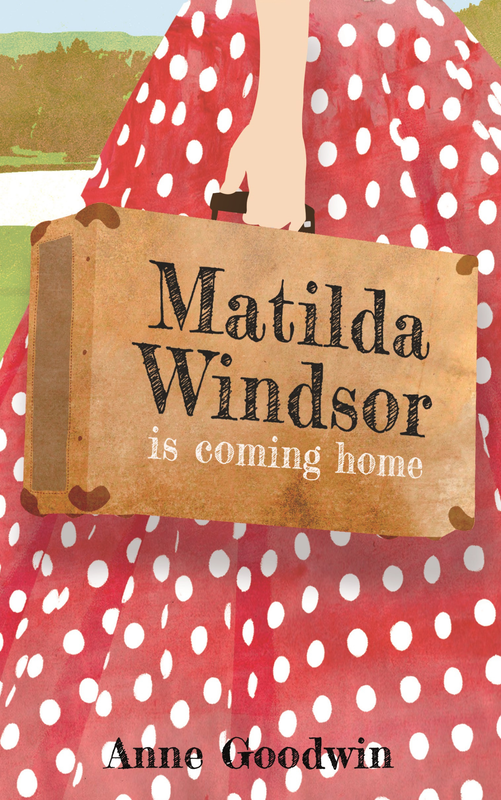
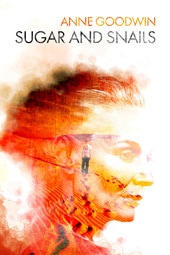

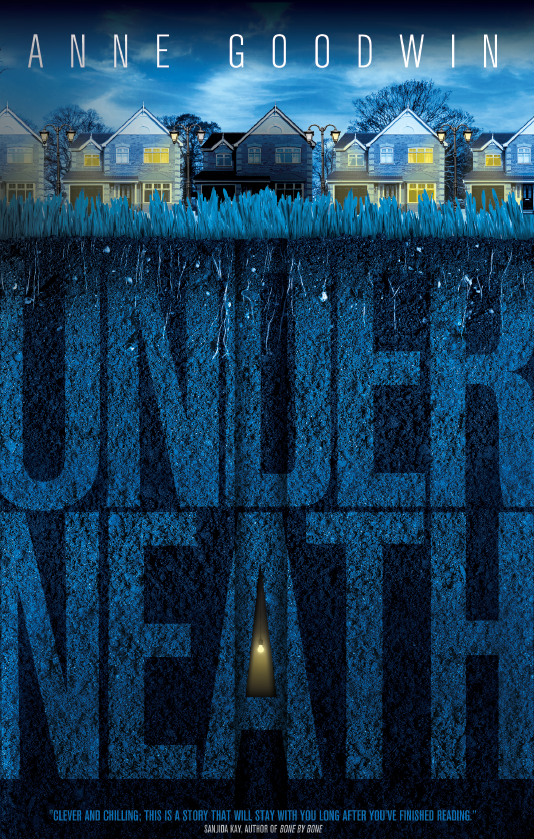
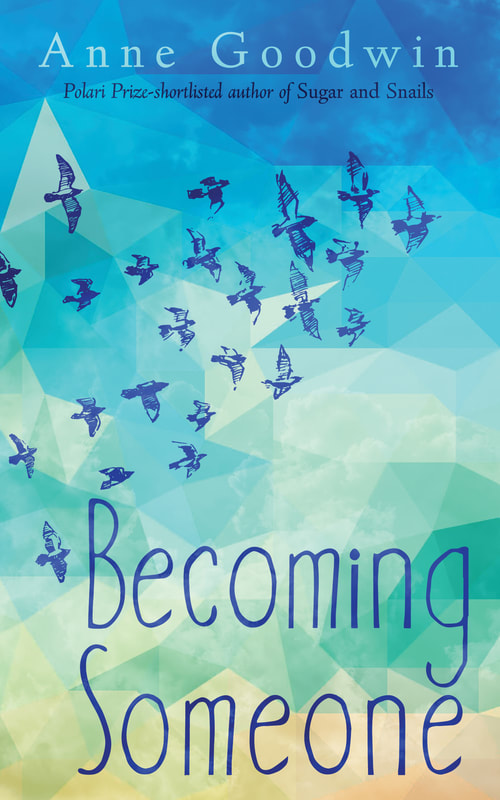






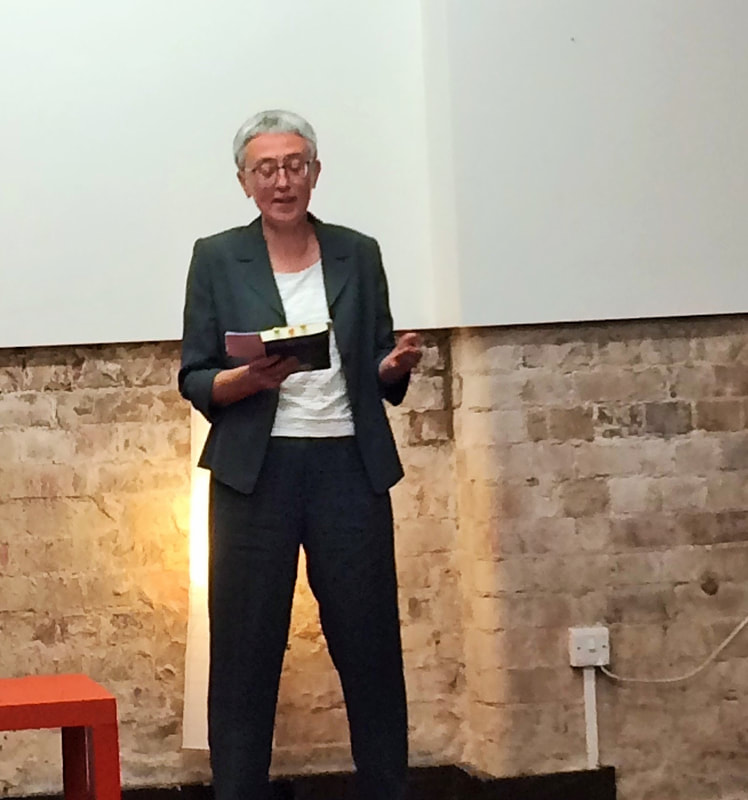

 RSS Feed
RSS Feed

